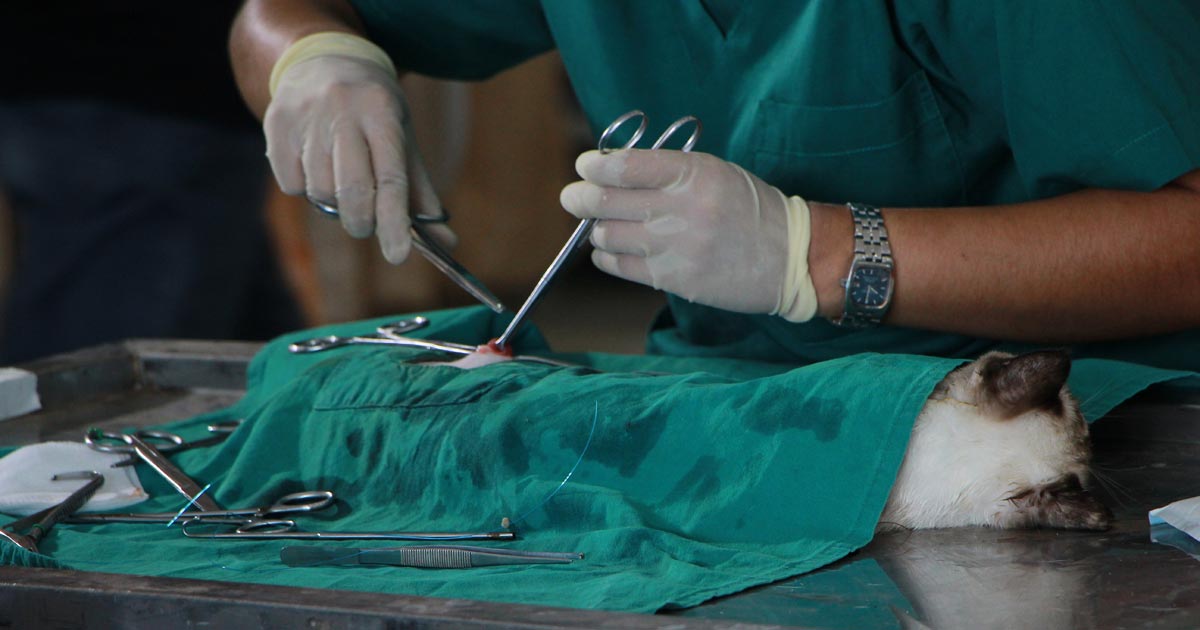It can be daunting turning up to your first clinical EMS placement and having a crowd of nurses watch as you miss the vein for the third time.
Clinical skills such as suturing, IV catheter placement and surgical preparation are important in day-to-day veterinary practice, and are key skills to learn during vet school.
This year I took on the role of clinical skills coordinator as part of the Cambridge University Veterinary Society, and I’ve been running sessions using the resources of the vet school’s clinical skills centre, with the help of the staff who run it.
Super skills centre
It’s easy to get caught up in the books and not leave time to learn the practical aspects of the job. Although EMS is a great time to learn skills such as these, I always find myself a bit rusty after a term back at uni – and while the team at the clinical skills centre does a great job in guiding us, having a team of student teachers allows more informal opportunities to practice skills.
We are lucky at the University of Cambridge Department of Veterinary Medicine to have a very well-kitted out clinical skills centre, containing booklets that cover more than 50 skills for when staff aren’t around.
We are free to use the centre at any time, which is great for squeezing a bit of practice into lunch or after a day of lectures. It was certainly reassuring, in my fourth year, to be able to practice techniques on models before the real thing (I can be quite cack-handed at times).
Weekly practice
As well as supporting clinical students, a major initiative is to give preclinical students the opportunity to practice clinical skills at weekly sessions. I believe this can help those early in the course keep their eye on the final goal when confined to lecture theatres.
Although most sessions we run for the preclinical students are drop-ins with student teachers present to help demonstrate and guide, I have had particularly good feedback about the “case-based“ sessions we run. These involve working through an example case, discussing clinical judgement and performing tasks such as taking bloods along the way.
Students find the exposure to clinical terminology and thought processes useful, as well as having the opportunity to improve their practical skills.
Rewarding experience
Inter-year communication is important in forming bonds through the course, and developing that preclinical-clinical link is a key objective of this initiative.
I have found the experience very rewarding both in improving my own confidence when using clinical skills and helping others improve theirs. I believe peer-assisted learning can be of great use to both students and staff. As they say: practice makes perfect!

Leave a Reply